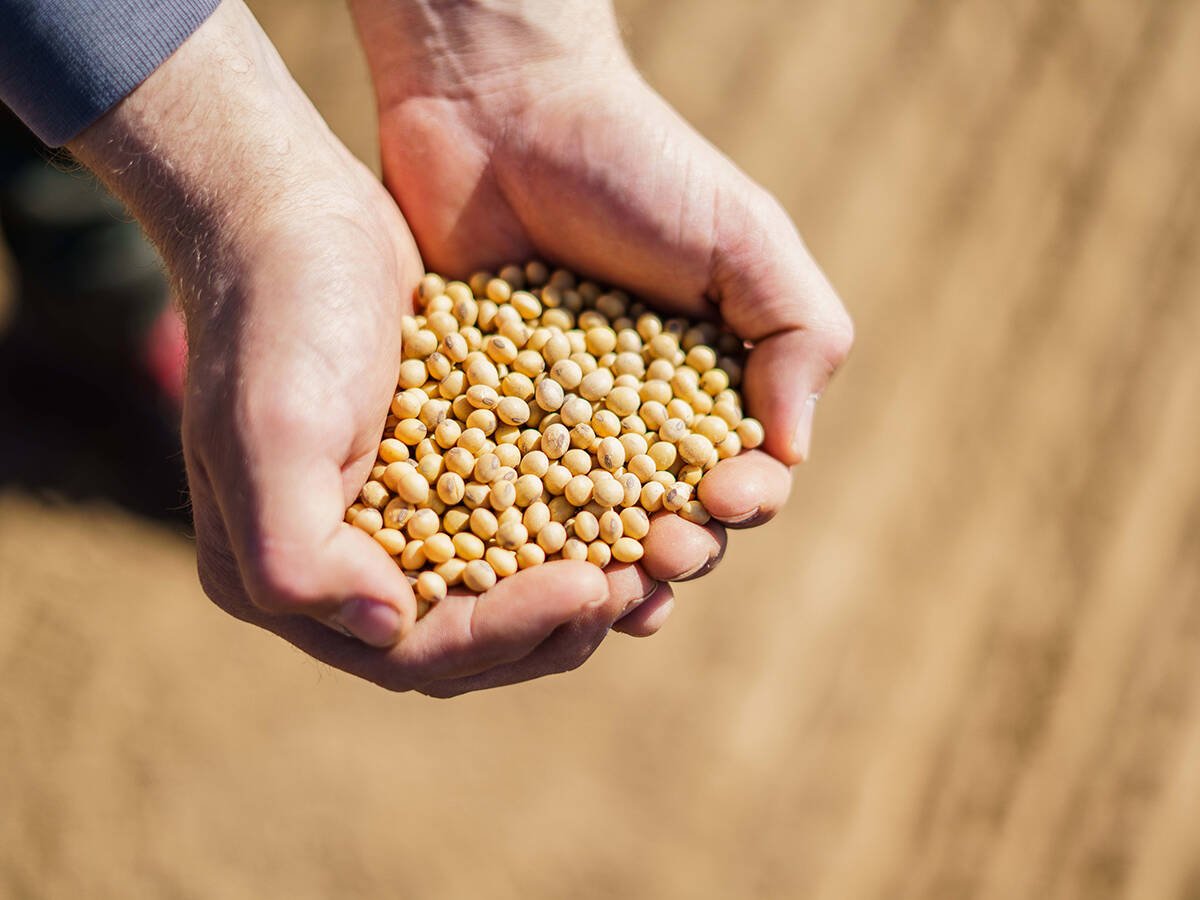The United States produced a mighty crop this year, but not quite as large as thought.
For Canadian growers, that’s more evidence that the lows for this crop year have been posted, but further rallies might be hard to come by.
The U.S. Department of Agriculture this week decreased its corn production estimate, surprising traders who had expected an increase.
The USDA’s numbers were neutral to slightly bearish on soybeans and slightly supportive for hard red spring wheat.
The department pegged the corn crop at 14.407 billion bushels. The trade expected 14.551 billion.
Read Also

U.S. government investigates high input costs
The USDA and DOJ are investigating high input costs, but nothing is happening in Canada.
It put the average yield at a record 173.4 bu. per acre, but less than the trade’s expectation of 175.23 bu.
The USDA pegged corn ending stocks at 2.008 billion bu. The trade estimate was 2.135 billion.
Soybean exports and domestic crush are exceeding expectations, and the trade believed the USDA would trim its stocks estimate.
Instead, it increased its soybean crop forecast to 3.958 billion bu., up from 3.927 billion in October, and left its year-end stocks number unchanged at 450 million bu.
The USDA trimmed its all-wheat ending stocks forecast by 10 million bu. to 644 million bu. The decline was mainly due to a trimming of hard red spring wheat production and ending stocks.
The department also trimmed one million tonnes from its Australian wheat production outlook to 24 million tonnes.
Although not as bearish as the trade expected, the corn number still can’t be considered bullish, with a record carryout of more than two billion bu.
However, the market is clearly less depressed than it was at the end of September. Back then, Goldman Sachs Group Inc. said corn and soybean prices would have to fall to near the cost of production — US$3 for corn, $8 for soybeans — to discourage farmers from seeding more.
Today’s corn and soybean values are well above those prices. However, it will be hard to rally further.
Soybean prices are supported by the record strong U.S. exports, but it might not be possible to keep up the pace as winter approaches.
Also, there is crop progress in South America.
Brazil received rain and farmers have planted 46 percent of the planned soybean acreage, up from 29 percent the previous week.
Argentina’s seeding is also a little behind normal because of excess rain. If it lets up, then the moisture should help the crop get off to a good start.














